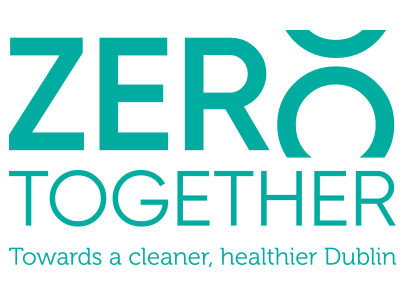Dublin in 2050
with fossil fuels
Subscribe to newsletter
We’ve used artificial intelligence to visualise current projections for Dublin in 2050 if greenhouse gas emissions are not eliminated. See how day to day life will be affected where you live.
It’s Dublin in 2050 and it’s not the place it once was. Despite knowing for decades that greenhouse gas emissions had to be phased out by now, fossil fuels are still used across the city and beyond. In the years leading up to 2030 emissions actually increased by 21%, and by 2050 they’d risen by 33%.
Many aspects of life in Dublin have stayed the same but some are a lot worse.
Housing
Winters nowadays are harsh, with frequent storms that make it hard to for most people to stay warm. Plans for energy upgrades for housing back in the 2020s were never completed. It started off well, with grants for things like insulation and solar panels. But the lack of training schemes for new green building methods meant there weren’t enough workers to get it done, prices rose and eventually plans just stalled. Most people still rely on oil and gas for heating but because the cost kept going up, many can’t afford heating at all.
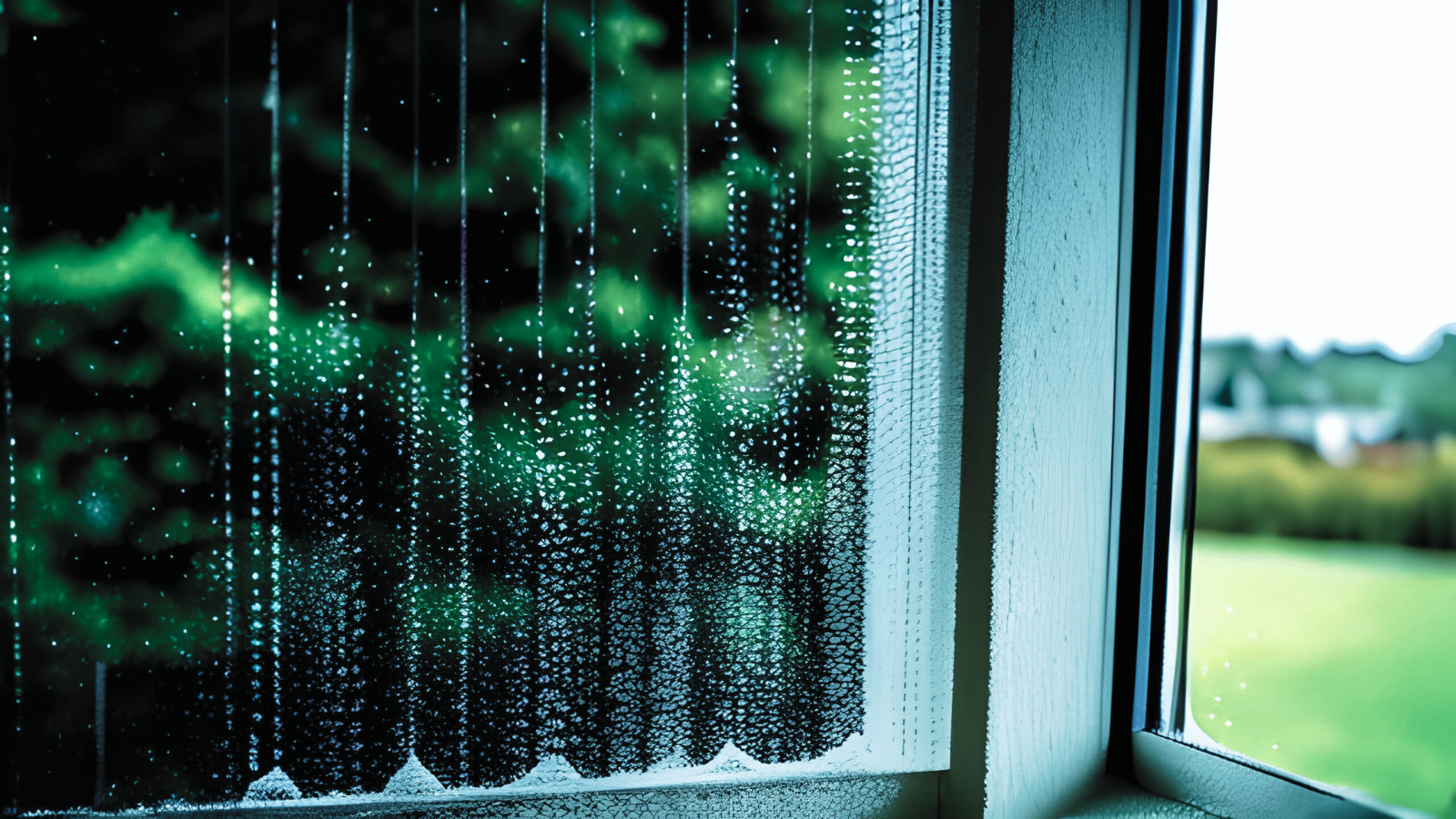
Transport
Dublin’s roads are still as congested as ever and we are still sitting in heavy traffic every day. An increasing population has put further pressure on public transport services; they are unable to cope with the demand from passengers, particularly during peak times. The Government didn’t fulfil their promise of providing better public transport services, more segregated cycle lanes and safer, more connected streets for pedestrians. This eroded trust in local and national Government even further. Dublin’s traffic situation stayed as bad and as disconnected as it was in 2023. As well as that, because we still felt reliant on our cars we continued to use them. Not everyone could afford an electric vehicle so many of us continued to use fossil fuels to power our cars, rather than electric vehicles. This had a really negative impact on Dublin’s air quality, which, in turn, impacted peoples’ health, particularly for the elderly, young children and those with existing respiratory conditions like asthma.
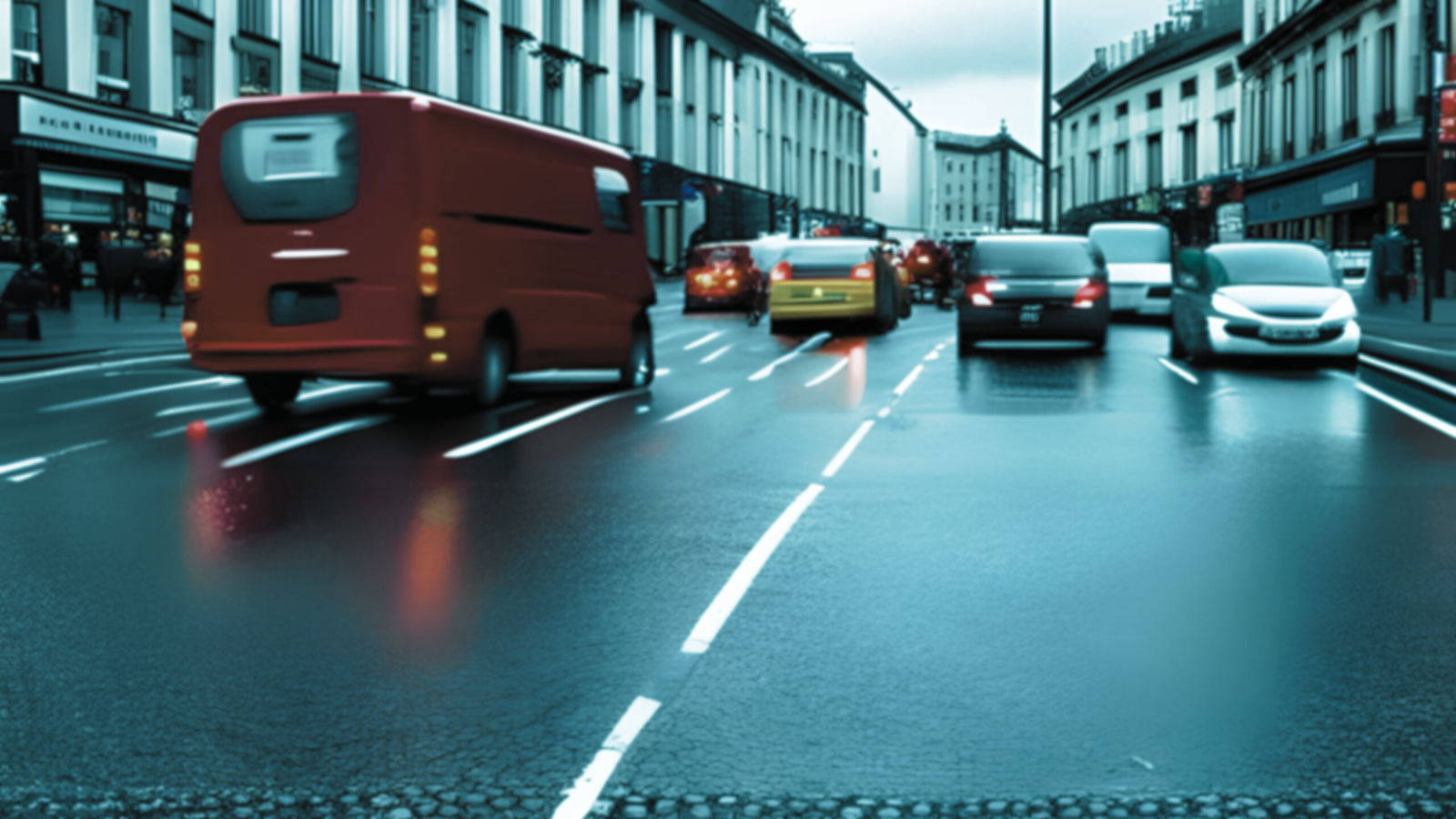
Energy
Lack of meaningful engagement with local communities and an understanding of the benefits of renewable energy resulted in lack of public trust in the Government. Many large infrastructure projects were unable to get off the ground to enable the use of renewable energy through wind and solar. This meant we were still highly dependent on imported fossil fuels for the majority of our energy needs, at a cost of billions of euro each year. This is money that could otherwise have been spent within the Irish economy and local, direct jobs that could have been created through training and upskilling workers. Overall, it means that we still have no security of supply and continue to leave ourselves vulnerable to energy price hikes.
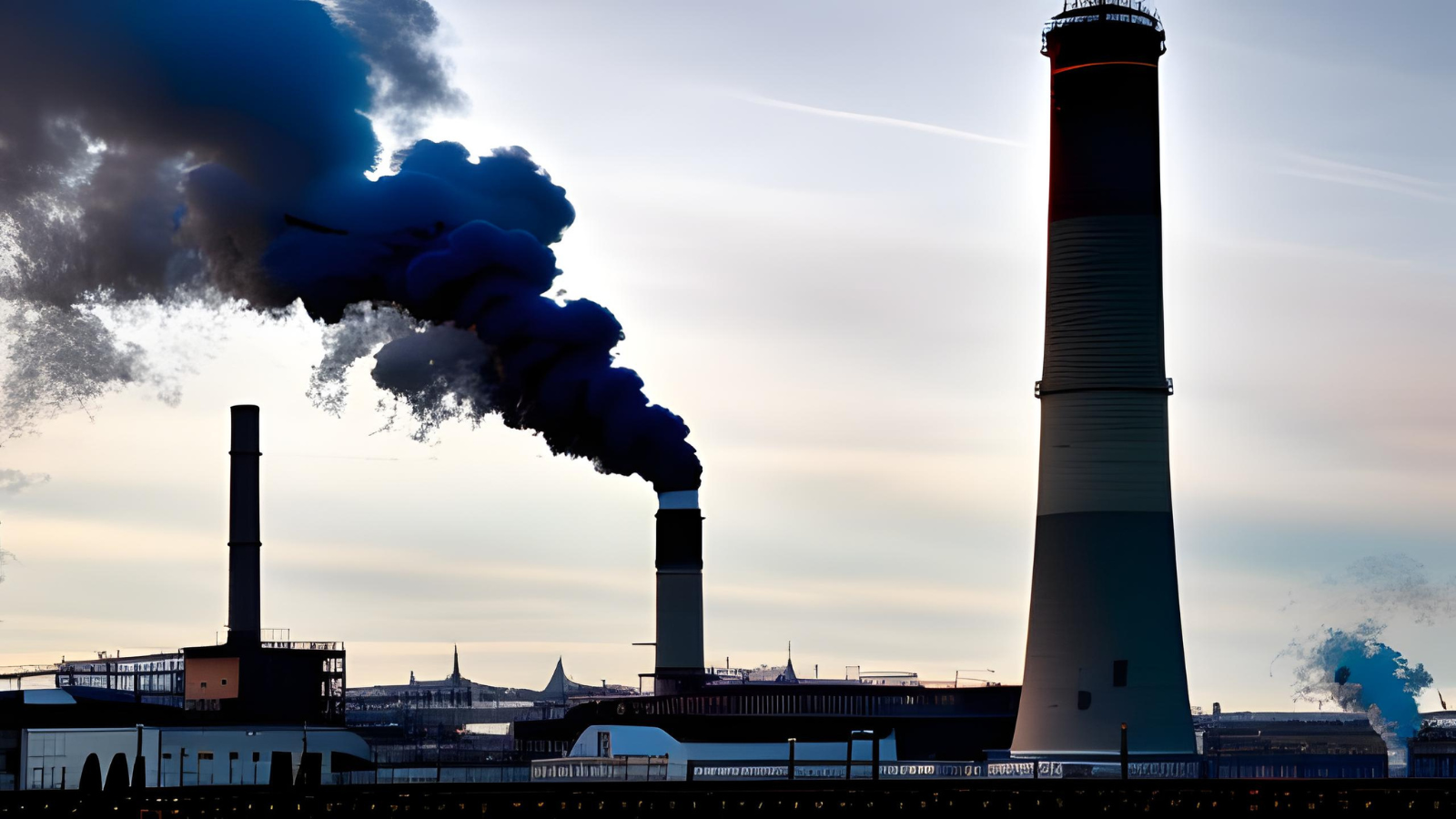
Flooding
Flooding along Dublin’s coast was already bad when storms hit; remember Hurricane Katia in 2011 or Storm Ophelia in 2017? It continued to get worse and worse. So much so, the DART line no longer runs along the coast. It was damaged so severely from flooding that it was longer safe. The Government invested millions on repairs to eventually discontinue the service in 2045. Thousands of homes have been destroyed over the last twenty years. Many people have had to move out of Portmarnock, Blackrock, Howth, Dún Laoghaire, Clontarf and Sutton because they can no longer get insurance for their homes. The risk is too high.
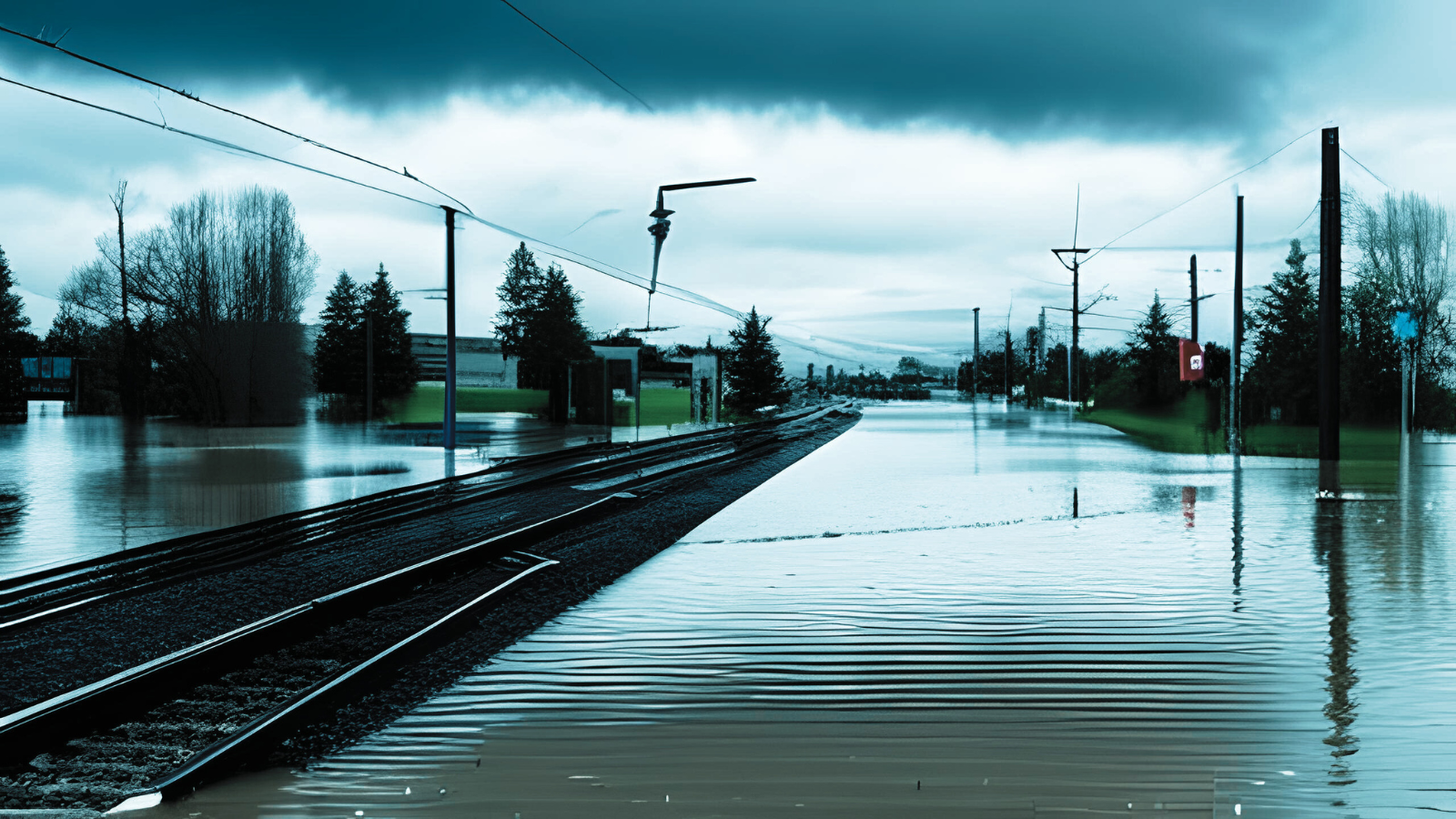
Inaction
It’s also important to recognise the impact that doing nothing has had on our environment. Because we didn’t act as a capital city and a developed country in reducing our emissions, we set an example of waiting too long that others unfortunately followed. Precious time was wasted across the globe, with many countries shifting blame elsewhere and waiting for others to act first. We locked ourselves into a warming world for decades to come.
Want to avoid this future?
- Read about some of the ways you can get involved.
- Learn more about the five clean energy solutions that can help us reduce emissions as soon as possible.
- Sign up for our newsletter
Let’s get to a zero carbon Dublin together.
